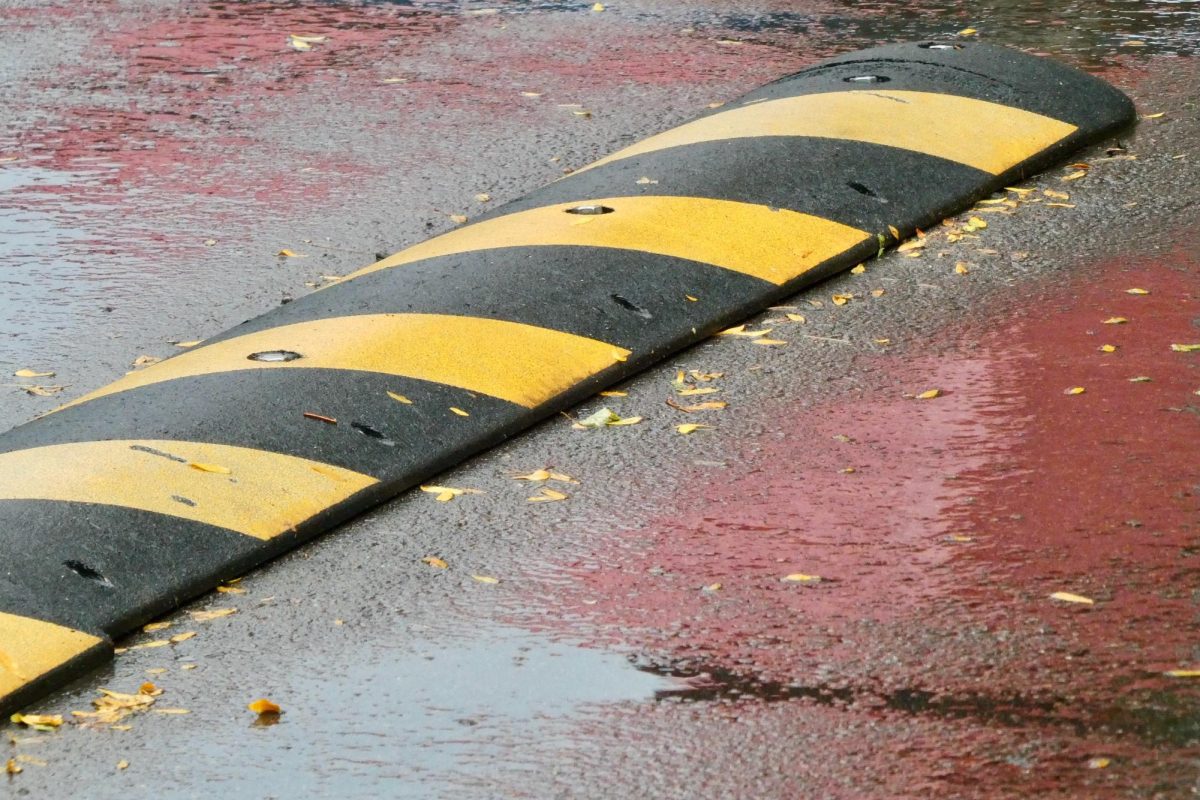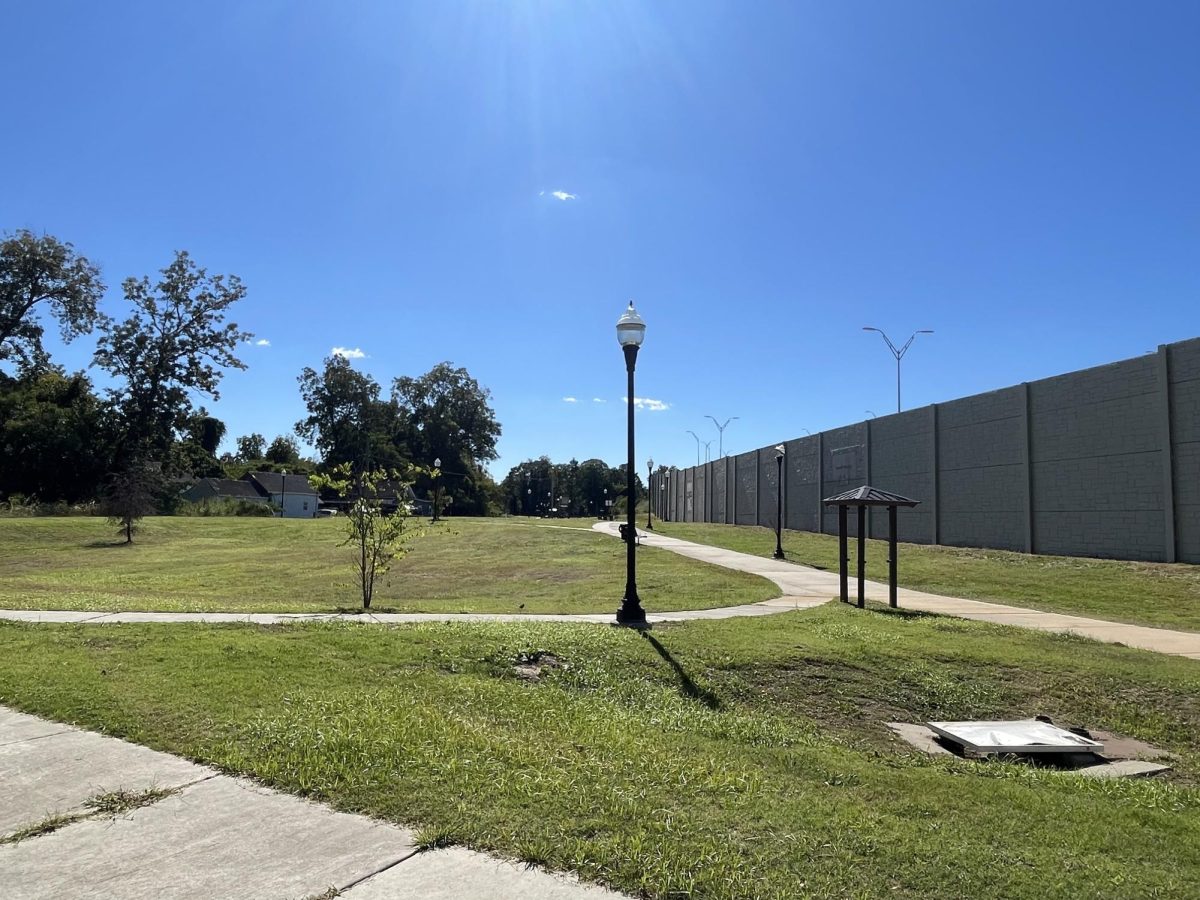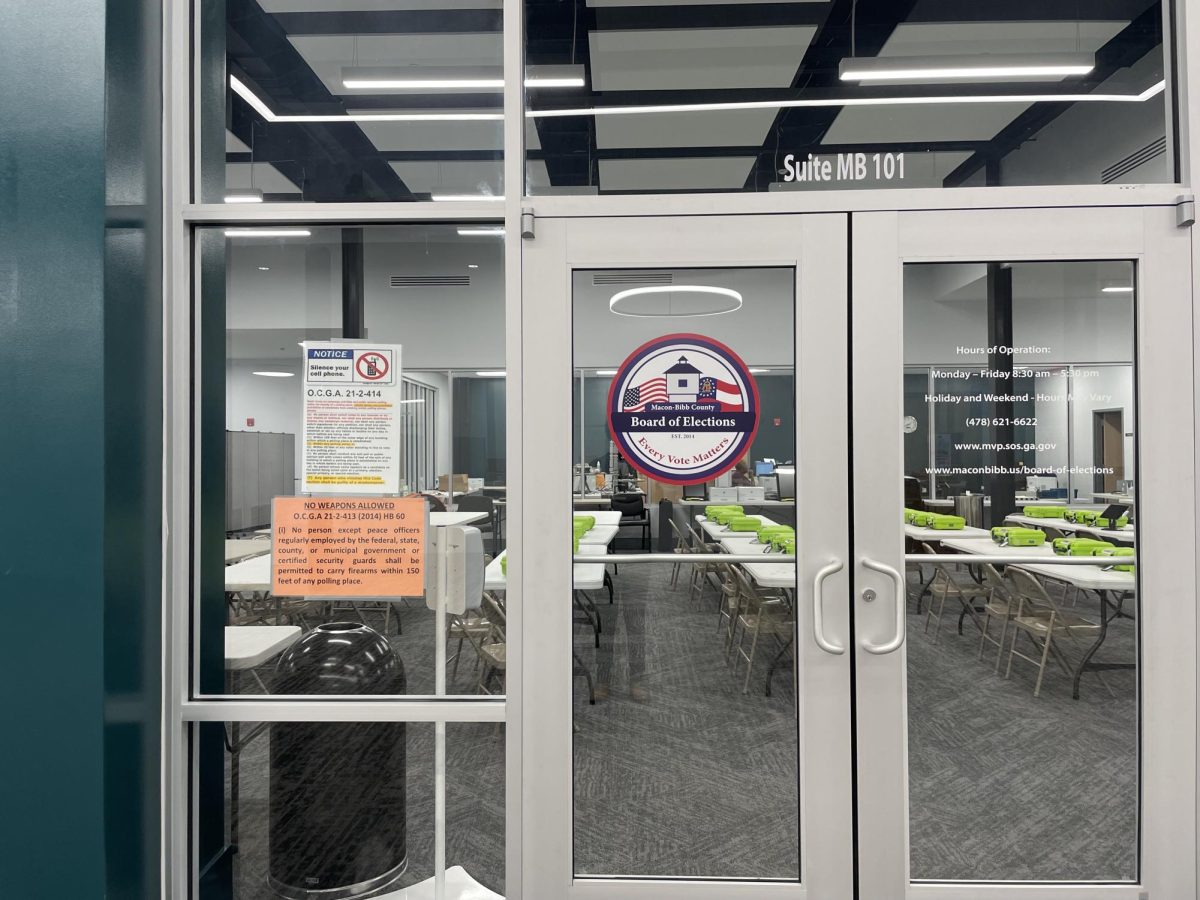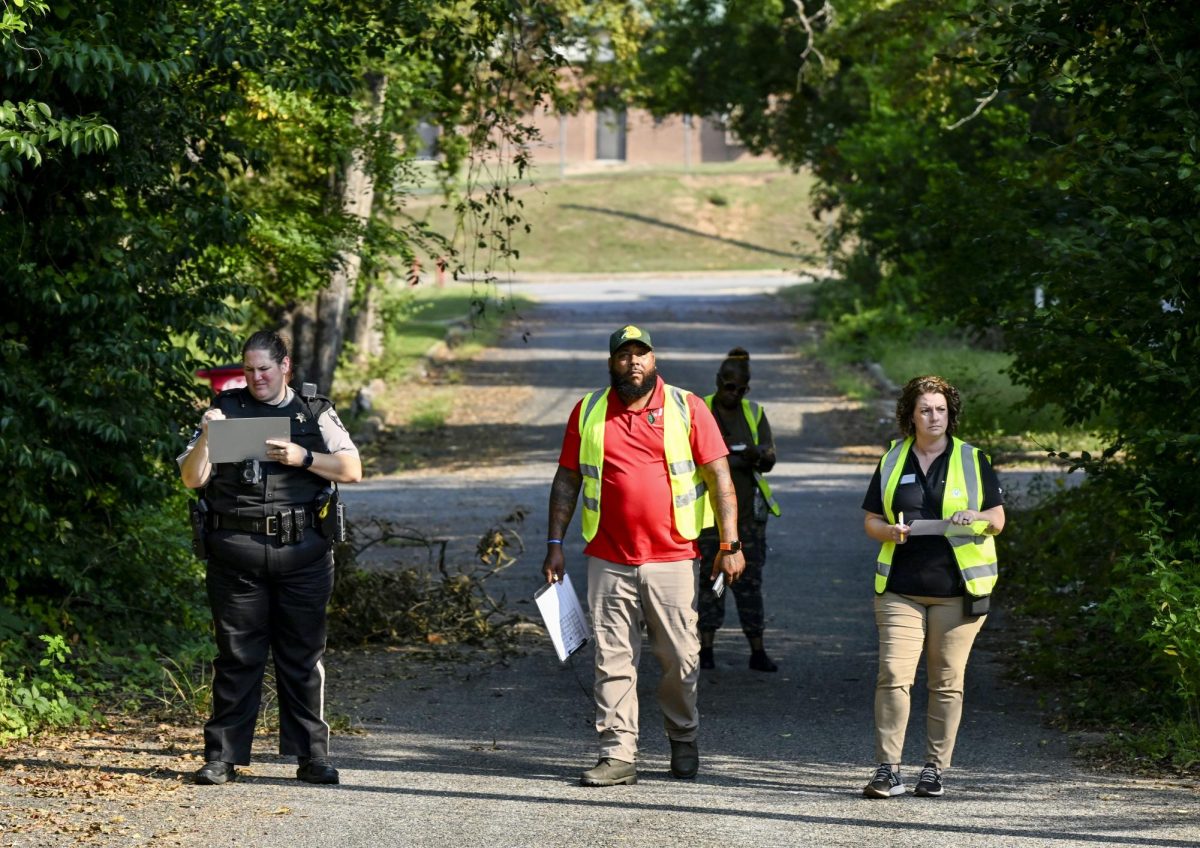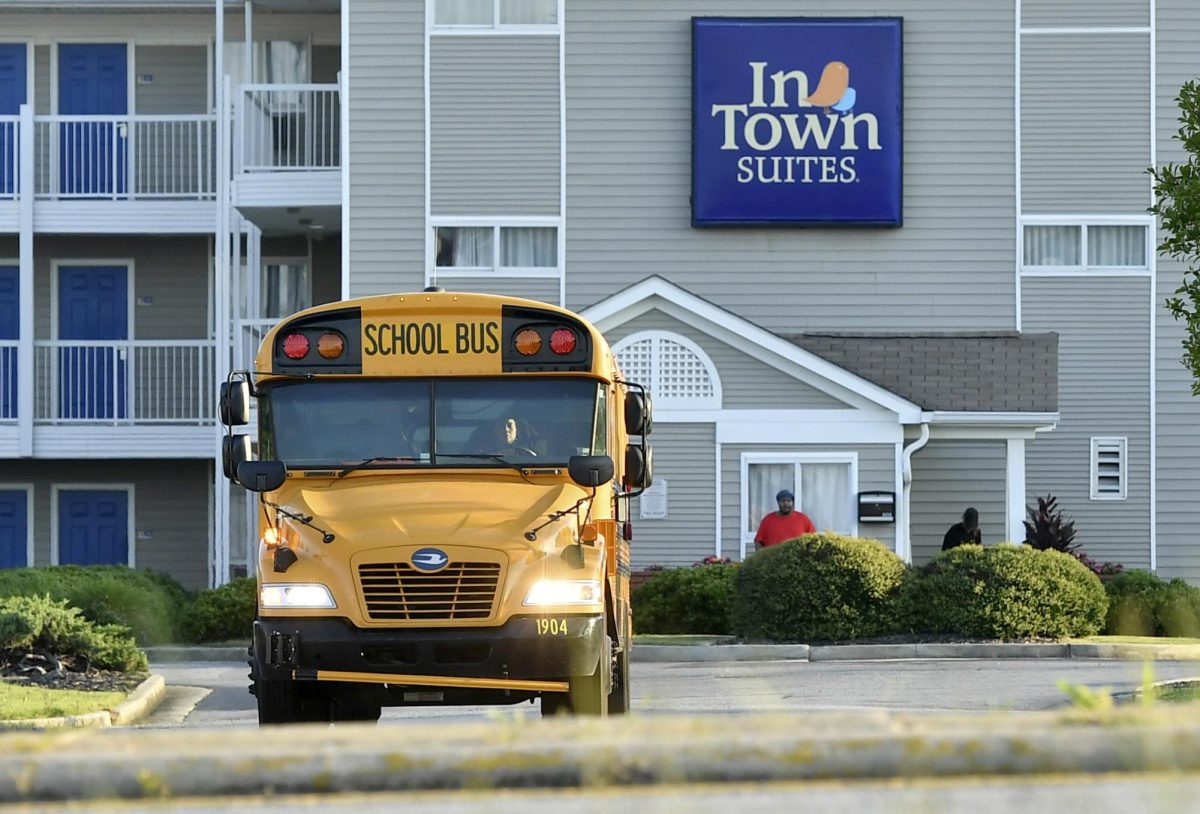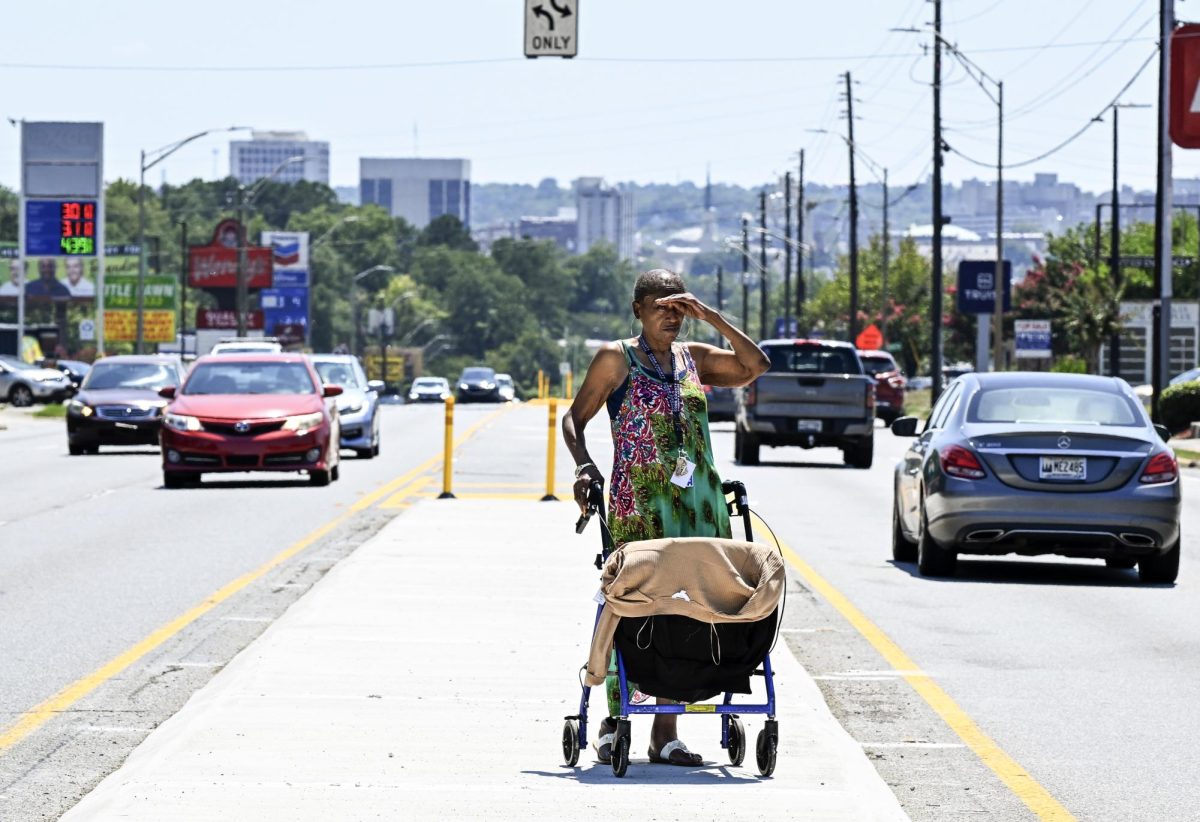Linda Stuart and her neighbors tried years ago to get the county to install speed bumps to slow drivers whizzing by her house on Lee Road, a street many use as a cut-through between Vineville Avenue and Riverside Drive.
“That was not feasible, they said, because the neighbors were going to have to pay for it and it was just going to be thousands of dollars,” Stuart said of the county’s response to her request to make the road she’s lived on for 52 years safer.
In addition to placing the burden of cost on residents, the county’s policy for requesting speed bumps required neighbors to gather enough signatures of approval for the county to take any action.
“It just compounds the problem,” county traffic safety manager Weston Stroud said of that county policy. “You’ve got to pay to fix it, then get people organized around fixing it.”
Last week, the Macon-Bibb County Pedestrian Safety Review Board voted to adopt a new neighborhood traffic calming program that Stroud said flips the old policy on its head. The new program would install traffic calming measures on the county’s dime instead of requiring residents to pay for it.
Instead of requiring neighbors to collect enough signatures for the county to study the area, the policy requires those who object to speed-reduction measures to collect 51% of neighborhood resident signatures to stop permanent measures from being installed.
The Macon-Bibb County Commission will need to approve the new program before it can launch.
If approved, the new traffic calming program would work like this: residents concerned about speeding can make a request for traffic calming devices on SeeClickFix, the online portal where county residents can report issues from illegal dumping to trash pickup issues. Next, the county reviews the request and, if the street is eligible, it sends the engineering department out to conduct a traffic study.
If the study finds speed is an issue that could be addressed with a traffic calming device, engineers will develop a traffic calming plan. Then the pedestrian safety review board reviews the plan and the traffic safety manager presents it to the neighborhood. Temporary measures are implemented for 90 days before the county installs permanent measures, according to an outline of the new county program.
If the initial review determines the street is not eligible, the resident who made the request is notified. The process ends there unless the resident chooses to appeal to the pedestrian safety review board. If an appeal is granted, engineers will prepare a traffic calming plan for the area.
Stuart said she plans to talk with her neighbors about trying again to get the county’s help with reducing speed on Lee Road.
“Our neighbors would agree to that as long as the county will pay,” she said.
To contact Civic Journalism Fellow Laura Corley, call 478-301-5777 or email [email protected].



